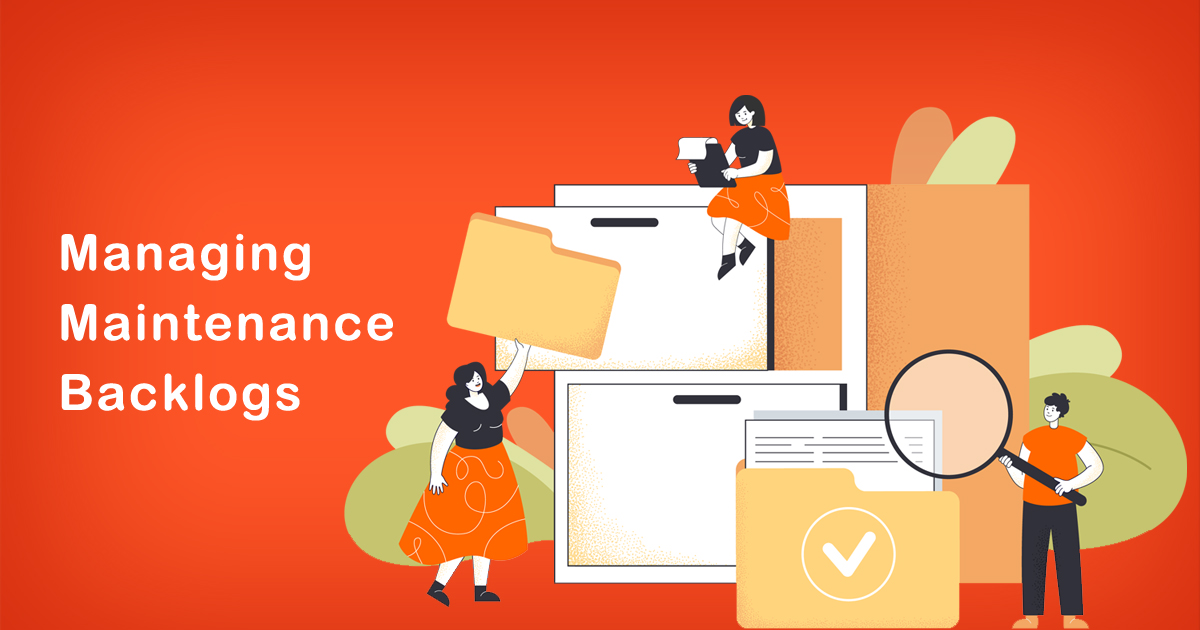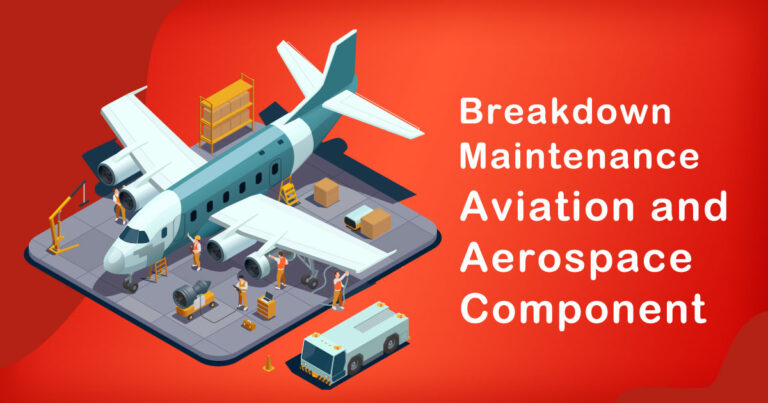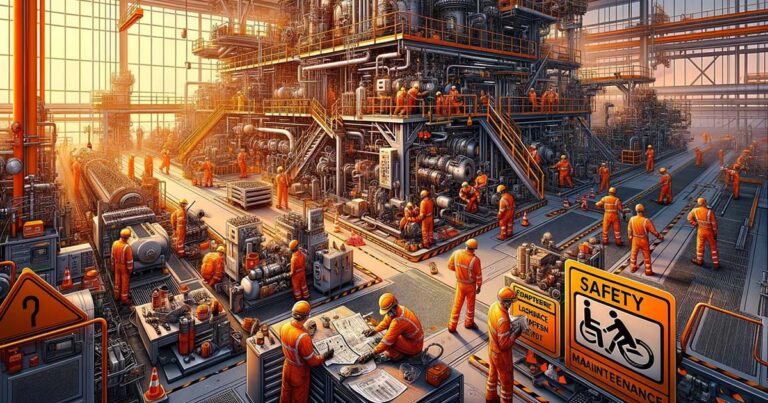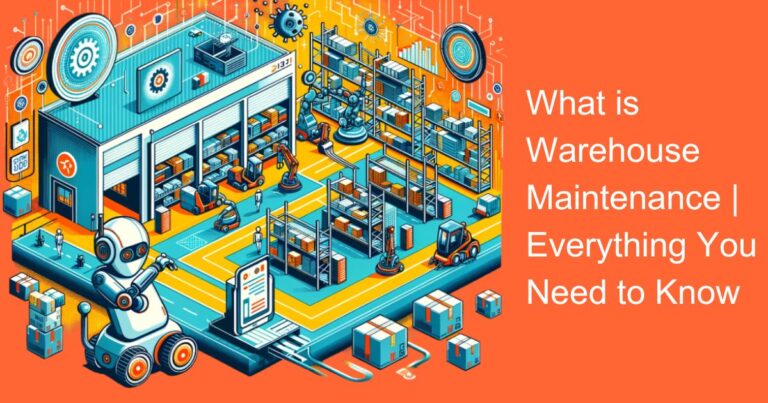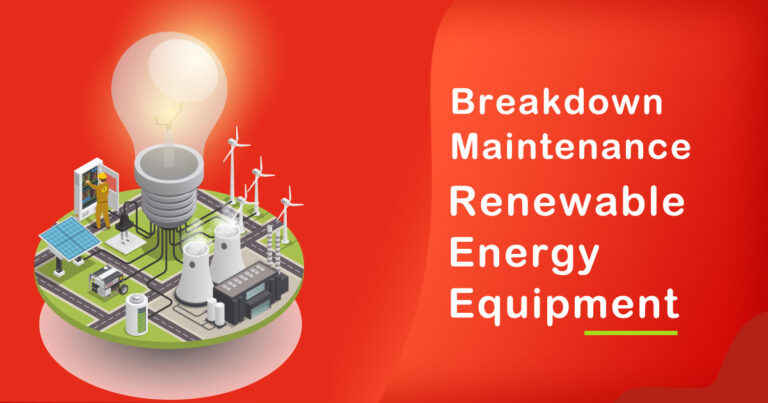Maintenance is an essential part of any organization to ensure that the equipment and infrastructure remain functional and efficient. However, maintenance tasks can quickly pile up, leading to a maintenance backlog that can be overwhelming to manage. In this blog, we will discuss the best practices for managing maintenance backlogs in an Indian context.
- Prioritize Maintenance Tasks
It is essential to prioritize maintenance tasks based on their criticality and impact on operations. Maintenance tasks that are critical to safety or have a significant impact on operations should be given the highest priority. For example, a hospital should prioritize maintenance tasks for life support equipment, while a manufacturing plant should prioritize maintenance tasks for equipment that affects production.
- Schedule Regular Maintenance
Regular maintenance can help prevent breakdowns and reduce the number of unscheduled maintenance tasks. Scheduling maintenance tasks can help ensure that they are completed in a timely and efficient manner. In an Indian context, it is important to consider seasonal factors such as monsoons, extreme temperatures, and festivals while scheduling maintenance tasks.
- Invest in Preventive Maintenance
Preventive maintenance involves conducting routine maintenance tasks to prevent equipment failure. This can be achieved through regular inspections, cleaning, lubrication, and calibration of equipment. Investing in preventive maintenance can help reduce the number of corrective maintenance tasks and increase equipment uptime.
- Use a Computerized Maintenance Management System (CMMS)
A CMMS is a software system that can help manage maintenance tasks and track equipment performance. It can help automate maintenance scheduling, track equipment maintenance history, and generate reports. In an Indian context, CMMS can help organizations manage large-scale infrastructure projects, such as roadways, railways, and airports.
- Train Maintenance Personnel
It is important to invest in training maintenance personnel to ensure they have the necessary skills and knowledge to perform maintenance tasks. Training can also help ensure that maintenance personnel follow standard operating procedures and safety protocols. In an Indian context, training can be provided in local languages to ensure that all personnel can understand and follow the procedures.
- Implement a Feedback System
A feedback system can help identify areas for improvement in the maintenance process. Feedback can be collected from maintenance personnel, equipment users, and other stakeholders. In an Indian context, feedback can be collected through digital platforms, such as social media, mobile apps, and email.
- Monitor and Analyze Maintenance Performance
Monitoring and analyzing maintenance performance can help identify trends and areas for improvement. Key performance indicators (KPIs) can be used to measure equipment uptime, mean time between failures (MTBF), and mean time to repair (MTTR). In an Indian context, KPIs can help organizations manage large-scale infrastructure projects, such as Smart Cities, Digital India, and Make in India.
In conclusion, managing maintenance backlogs requires a systematic approach that prioritizes maintenance tasks, schedules regular maintenance, invests in preventive maintenance, uses a CMMS, trains maintenance personnel, implements a feedback system, and monitors and analyzes maintenance performance. These best practices can help organizations in an Indian context manage maintenance backlogs efficiently and effectively.


